


The goal of this work is to create a 3D polycarbonate sandwich structures fabricated utilizing ultrasonic spot welding. To create such structures, three layers of 1/16” polycarbonate sheet are stacked together, and using alternating pattern of USSW, the middle layer is joined to each of the outer layers. Post-weld processing of the stacked layers involving heat and pressurizing of the structure with air generates a 3D open cell geometry of polycarbonate.
3-point bend test and drop impact tests have been conducted to study the stiffness and the impact properties of the fabricated sandwich structures. The ability to easily incorporate different geometries in the structure allows the possibility to design structures with tailored mechanical properties. Applications requiring lightweight materials with superior strength will be facilitated by ease of manufacturing of such 3D sandwich structures.
The use of polymer matrix composite materials has seen an explosive growth over the last 20 years as the need for lightweight materials pushes to the forefront of many industries. While the design of a single-piece composite part is ideal, joining of composite parts is often necessary to complete assembly and a critical step in the manufacture of composite parts. Composite parts can generally be joined using mechanical fastening, adhesive bonding, or fusion welding processes. Limitations of mechanical fastening include increased weight and the presence of large stress concentrations around the fastening locations. Adhesive bonding has material dependent limitations and requires proper mating of the material surface to the adherent. Fusion welding relies on the melting, intermolecular diffusion across the joint, and re-solidification of the matrix material.
Fiber-reinforced thermoplastic composites are one of the fastest growing material choices of the composites industry. Fueled largely by the automotive industry, thermoplastic composite materials offer advantages over traditional thermoset matrix composites, including: increased toughness, longer material lifespan, energy and cost-saving production, recyclability, and the ability to reshape and reform. As thermoplastic composite use increases, manufacturing techniques, such as joining, must also progress. The ability to melt and re-solidify makes thermoplastic composites candidate materials for fusion welding. The fusion welding technique studied in the JMP Laboratory is ultrasonic spot welding (USSW), a process where low amplitude, high frequency vibrations are used to locally melt thermoplastic materials and create a bond. This joining method has advantages of fast cycle times and minimal sample preparation as compared to other welding techniques. Specific areas of research in the JMP Laboratory focus the use of the welding technique to produce 3D sandwich structures with excellent impact resistance, investigation of the strength bonds as they relate to the welding parameters, and experimental characterization and physics-based modeling of composite joint strength.

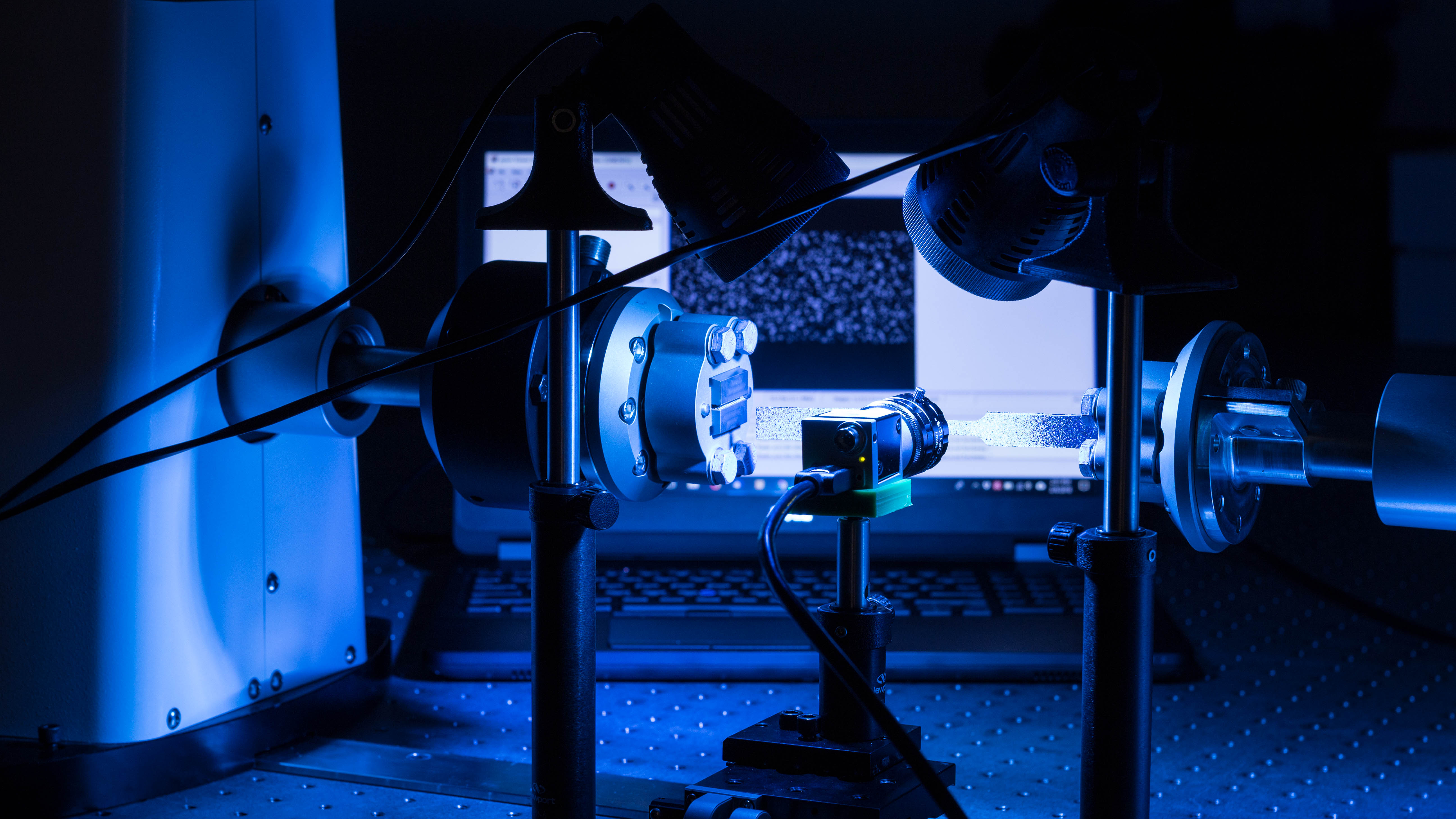
Fiber orientation is an important characteristic in the analysis of thermoplastic matrix composites (TPMCs). The orientation of fibers in polypropylene matrix chopped glass fiber TPMC sheets has been investigated using various non-destructive methods, and a coarse analysis of fiber orientation reveals that a significant amount of fiber re-orientation occurs in the rolling direction from manufacturing processes. In addition, joining of these materials through ultrasonic spot welding causes further reorientation of the fibers. To accurately represent the behavior of ultrasonically spot welded composite materials, the directionally dependent behavior of the TPMC relative to fiber orientation is characterized. For this work, an assumption that the TPMC is orthotropic is employed, and the material properties and associated coefficients are measured experimentally through digital image correlation.
The experimental results are used to resolve the physical parameters in the mathematical model governing the mechanics of ultrasonically spot welded TPMC joints. The established and calibrated mathematical model is then subsequently used to obtain numerical solutions through finite-element processes. Thus, the corresponding finite-element simulations can be used to predict the response of ultrasonically spot welded TPMC joints to help drive manufacturing efforts as these materials increase in popularity.
Preliminary work has shown microscopic changes in polymeric materials due to ultrasonic spot welding. Specifically, ultrasonic spot welds in high-density polyethylene (HDPE) sheets have been optically examined. Initial results from HDPE show interesting characteristics at the interface created between the two sheets of thermoplastic material such as: a more noticeable interface near the edges of the bond, a non-uniform thickness of the bond, and varying amounts of locally melted material used to create the bond. Additionally, differential scanning calorimetry (DSC) and x-ray diffraction (XRD) experiments have shown an increase in polymer crystallinity in welded material as compared to as-received materials. Upon initial investigation, these microscopic characteristics appear to vary with different welding parameters.
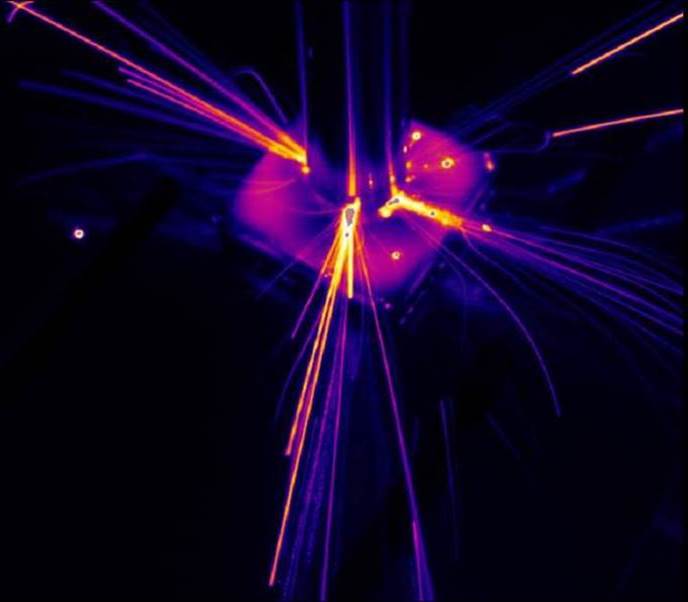
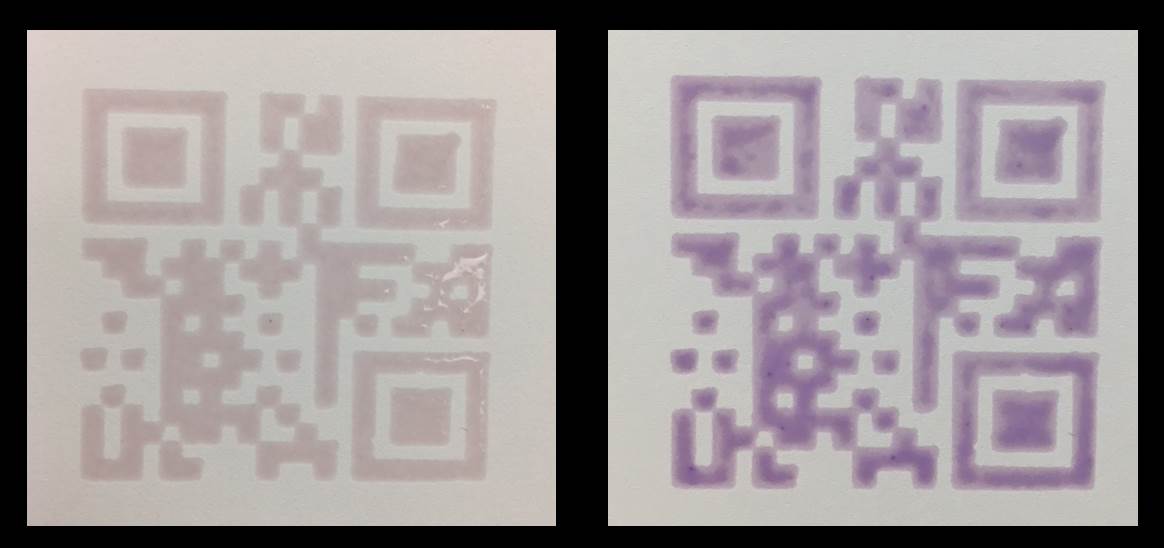
Research activity in the area of security printing has been through the development of a mechanochromic ink for security printing applications. The multifunctional ink has been suggested as a viable option for a reversible, easily detectable way of determining the legitimacy of a document or product. Generally, mechanochromic polymers change color and exhibit fluorescence in response to a mechanical force due to the presence of mechanophore molecules covalently linked within the polymer structure. In this work, a well-known mechanophore, spiropyran (SP), was covalently incorporated into poly(dimethylsiloxane) (PDMS), an elastomeric polymer. A thin film of SP-PDMS was then printed using a Nordson Engineered Fluid Dispensing (EFD) Printer. The current state of the research is focused on evaluating and quantifying the responsiveness of the mechanochromic ink to mechanical loading through visible color change.
Research activity in the area of STEM education has been in collaboration with other SD Mines Mechanical Engineering faculty to focus on the incorporation of systems engineering within traditional mechanical engineering courses. This area of research stemmed from the realization that the complexity of the products and systems that engineers design, develop, operate, support, and retire from service has increased drastically over time and the level of interaction between products and systems independently developed by different companies and organizations has grown substantially. Preparing undergraduate engineering students that have the competencies required to work in such an environment is a challenging task.
To successfully participate in the different activities of the life cycle of a product or system, engineering graduates need much more than a solid foundation in the traditional mathematics, science, and engineering subjects related to their discipline. In addition, some of the proposed changes in the ABET accreditation criteria highlight the need for incorporating systems thinking (ST) and basic systems engineering (SE) concepts in the undergraduate curriculum of all engineering majors. The need for increasing students’ ST and SE skills is well established in the literature, and goal of this research focus is to develop methods and materials easily adopted by other engineering faculty for the introduction of these concepts in an incremental and level-appropriate manor in all engineering disciplines.
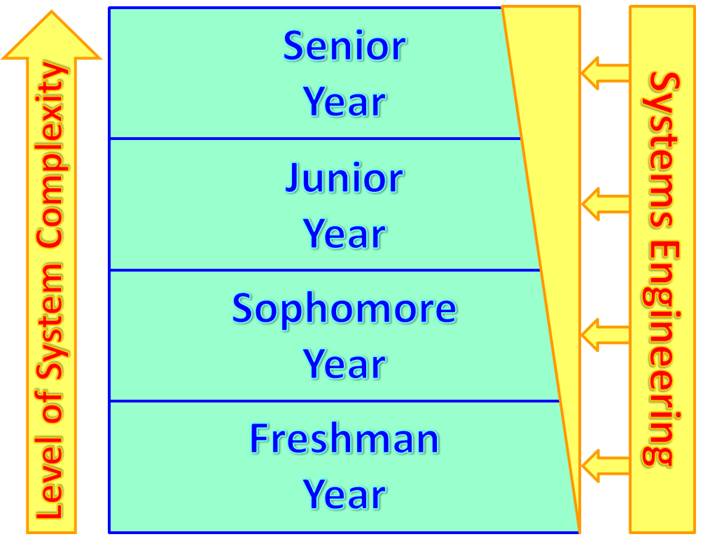
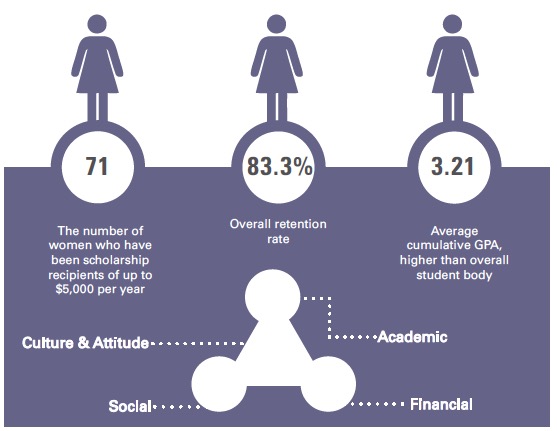
The Culture and Attitude program aims to attract, retain, and graduate more women and underrepresented students in engineering through scholarships, industry mentors, professional development, and new curriculum that engages diverse learning styles. The program will also partner with community organizations to incorporate service learning into the classroom. Participating departments include metallurgical, industrial, mechanical, mining, and civil engineering.